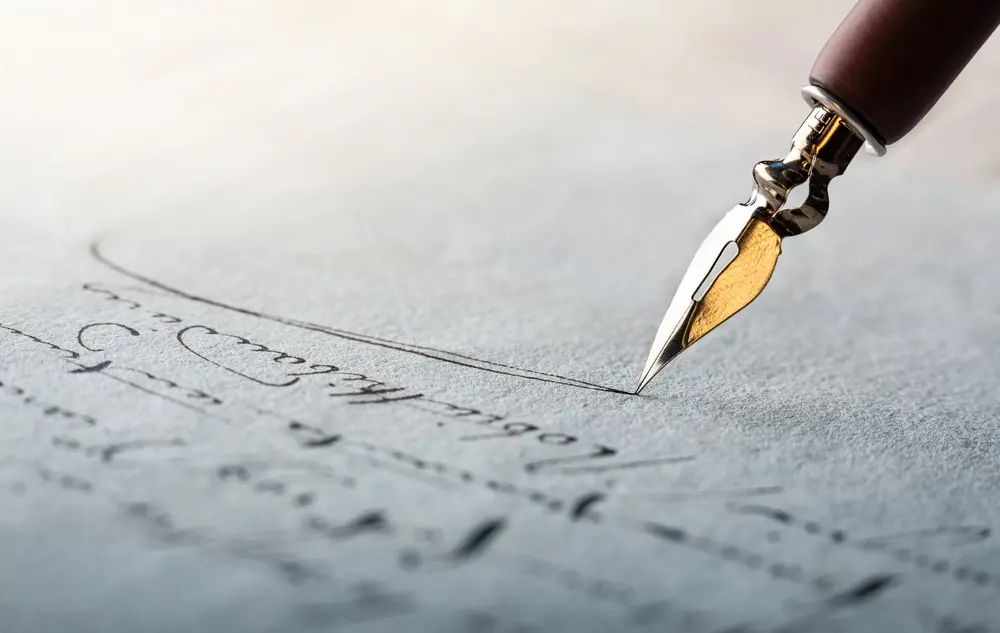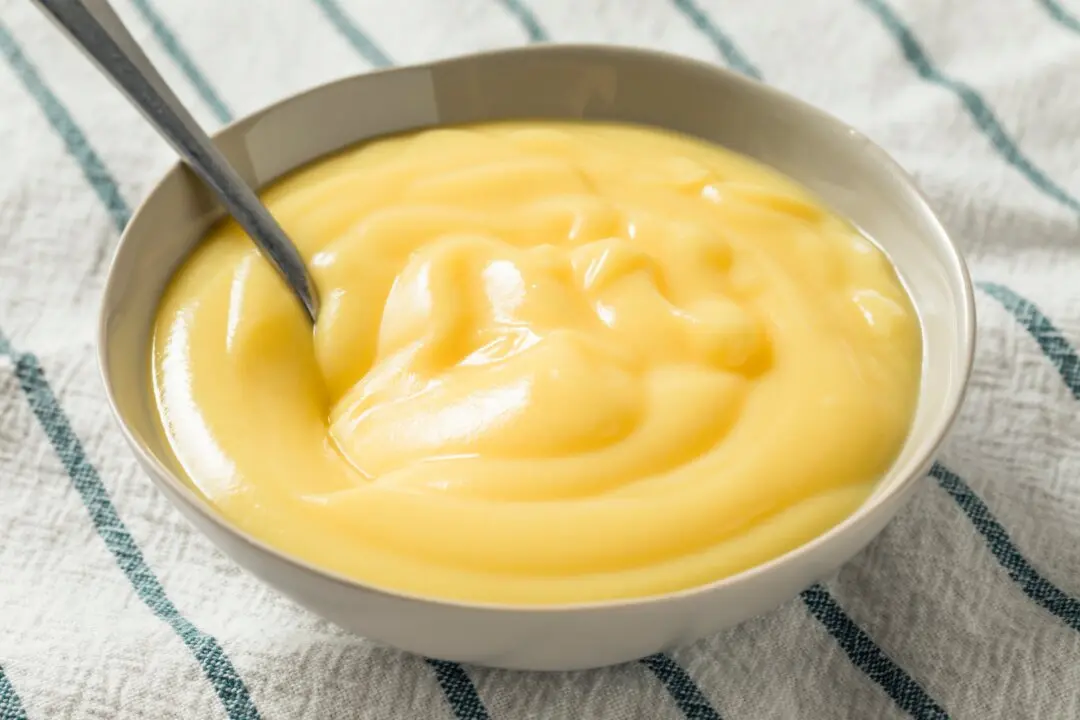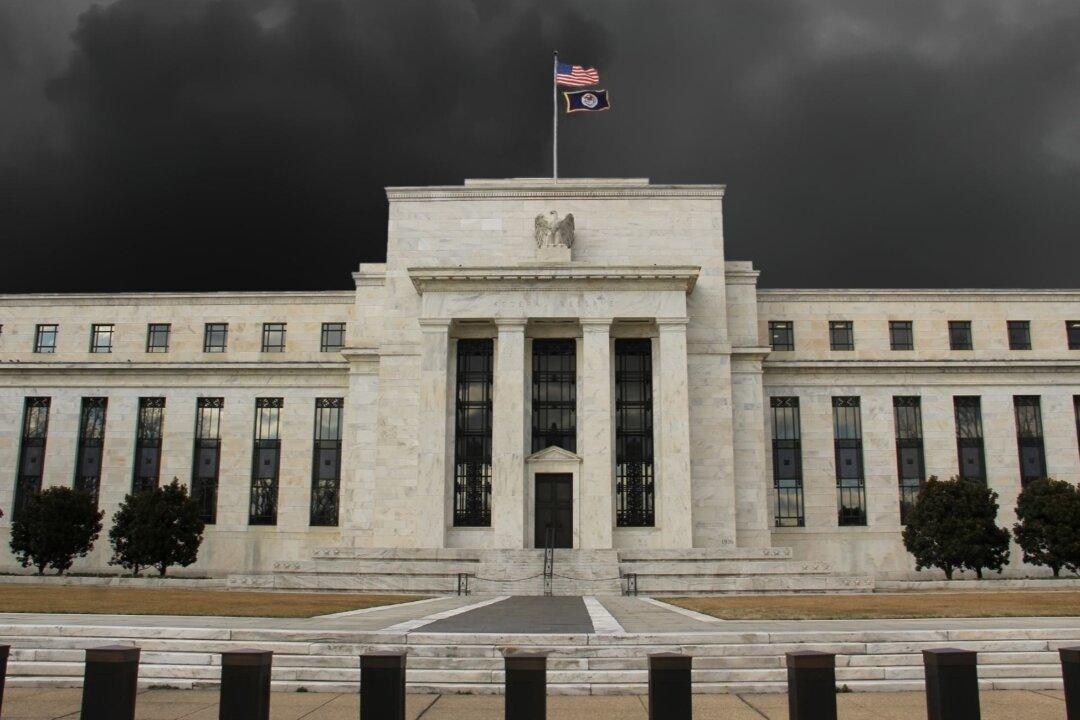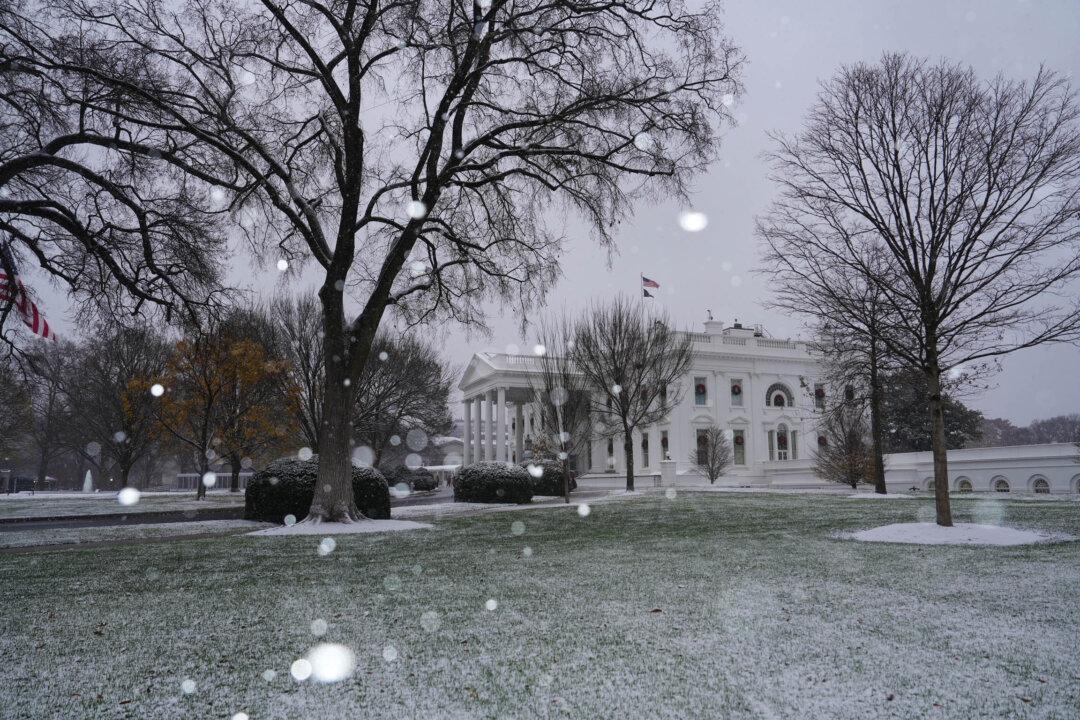Commentary
A man presented me with a copy of The Epoch Times with my article on the page and asked me to sign it, which I was happy to do. He gave me a pen and I noticed that it was unusual. A fountain pen. I don’t use them, so this was already a novelty. But it also happened to be beautiful, so I asked about it.





